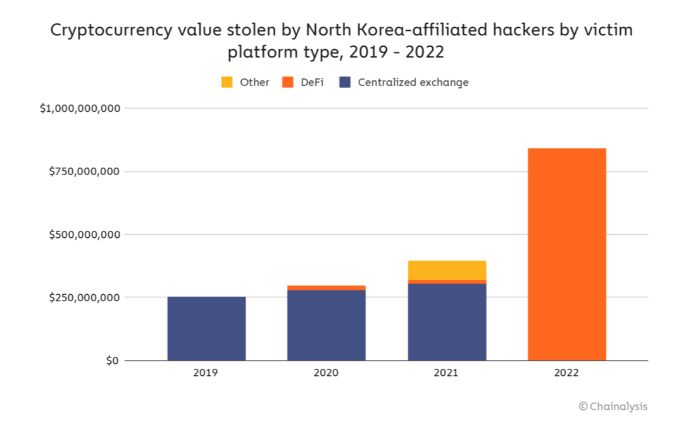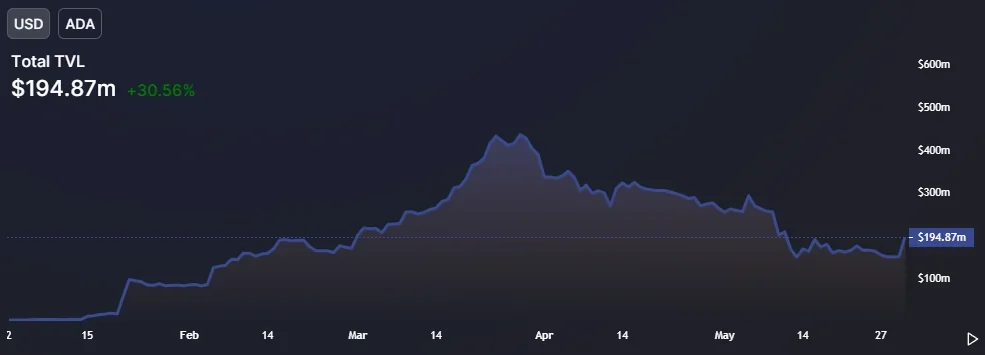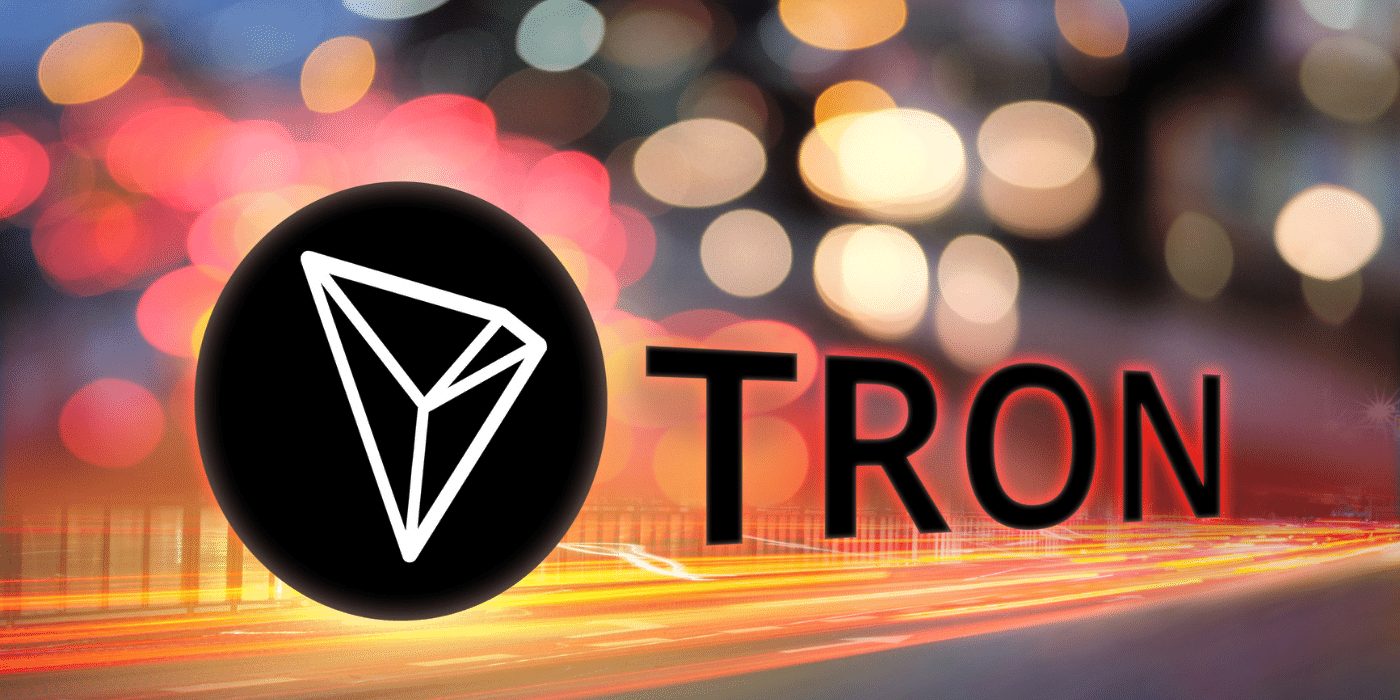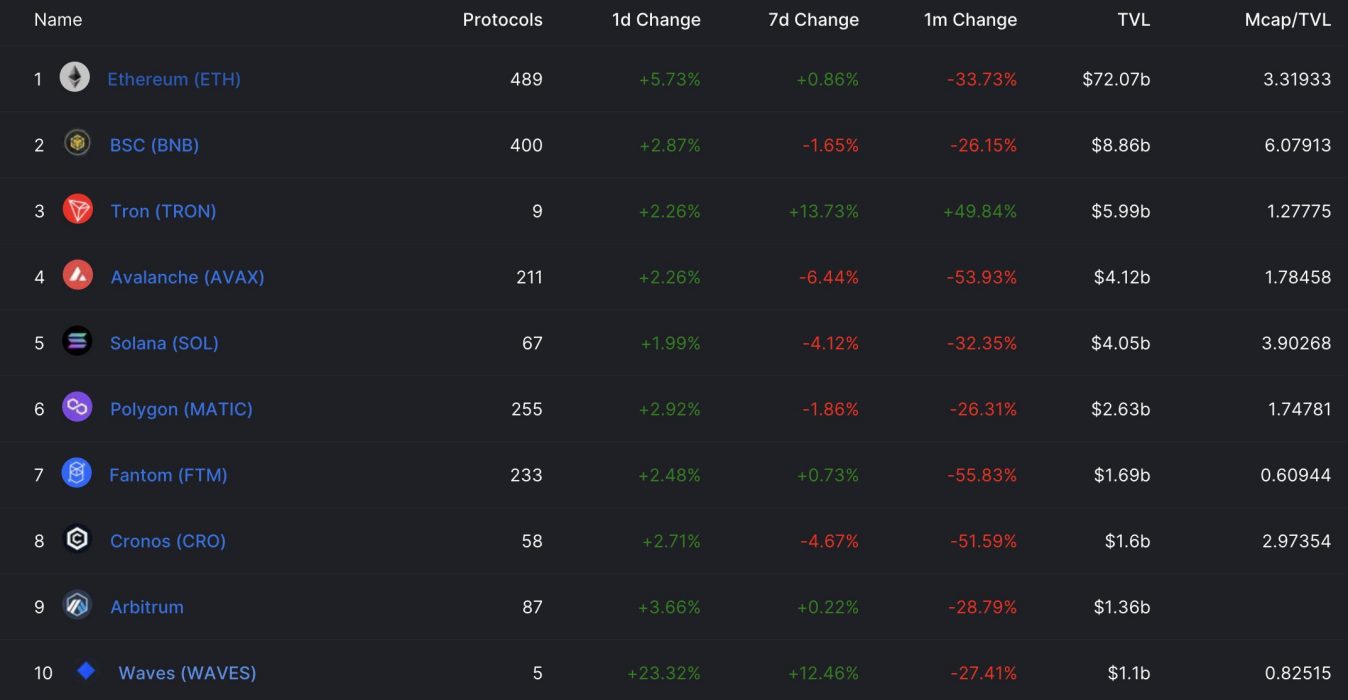Last week, Optimism – a rollup solution for the Ethereum network – lost US$15 million worth of Optimism (OP) tokens after launch partner Wintermute transferred the tokens to the wrong wallet address. On Monday, the attacker returned 17 million OP tokens, worth roughly US$11 million.
Hacker Returns Majority of Funds, Keeps 2M as Bounty
As per a tweet from Optimism, the address returned the majority of funds but kept 2 million tokens as bounty:
Optimism is designed to alleviate congestion on the Ethereum network and provide users with faster and cheaper ERC-20 transactions.
Wintermute is Optimism’s partner and market maker, providing liquidity services. Problems began when Wintermute accidentally sent the wrong address to Optimism’s team. “We made a serious error,” it has since conceded.
Hacker Sends 1M OP Tokens to Ethereum Co-Founder
According to on-chain data, the attacker cashed 1 million OP tokens and then sent 1 million tokens to Ethereum co-founder Vitalik Buterin. The attacker left an on-chain message for Buterin, stating:
Hello, Vitalik, I believe in you, just want to know your opinion on this. BTW, help to verify the return address and I will return the remaining [tokens]. And hello Wintermute, sorry, I only have 18M and this is what I can return. Stay Optimistic!
Etherscan data
The reasons for sending Buterin 1 million OP remain unclear. Crypto Twitter, Wintermute and Optimism are speculating on the possible motives. In a blog post, Wintermute said it might have been the work of a white-hat hacker:
We are open to see this as a white hat exploit. Moreover, the way the attack has been performed has been rather impressive and we can even consider consulting opportunities or other forms of cooperation in future. We are also content with the scenario where the remaining 19 million tokens are returned to Optimism wallet.
Wintermute blog post
















